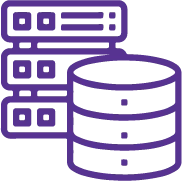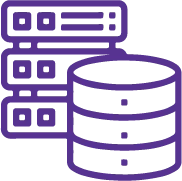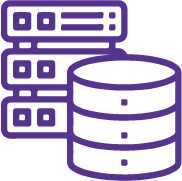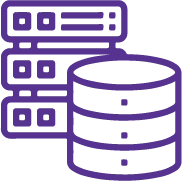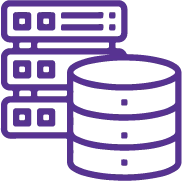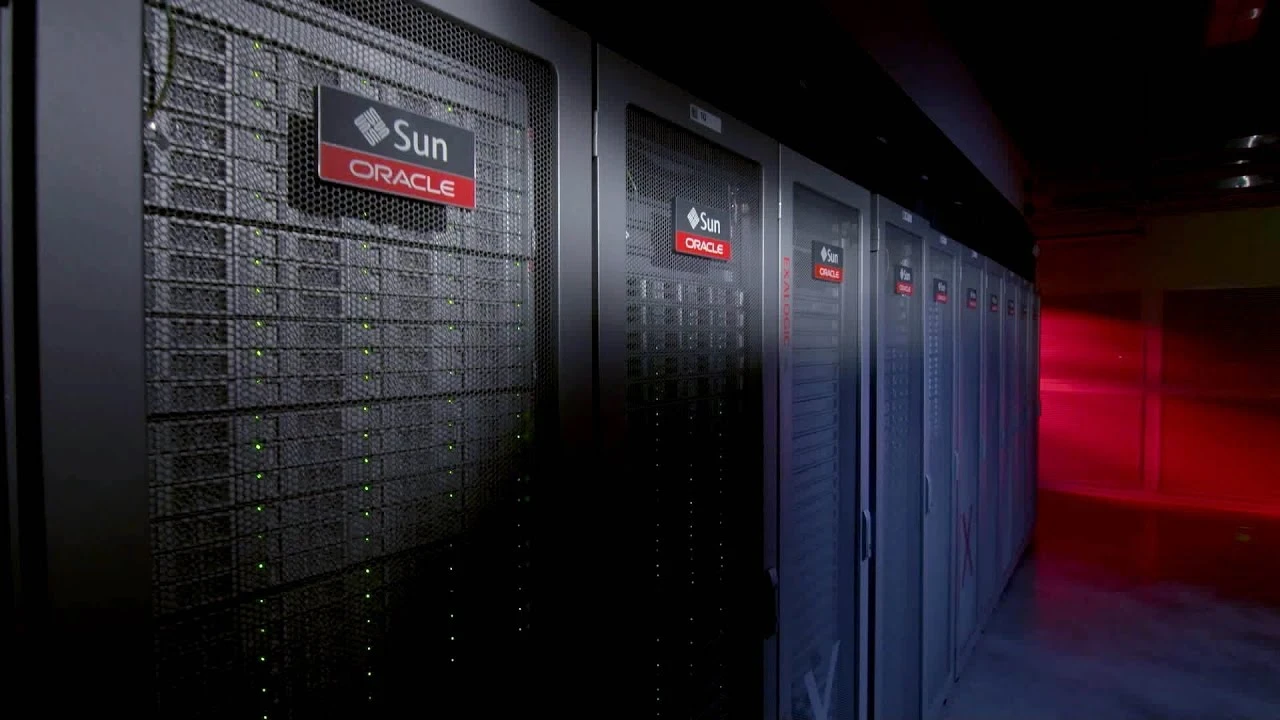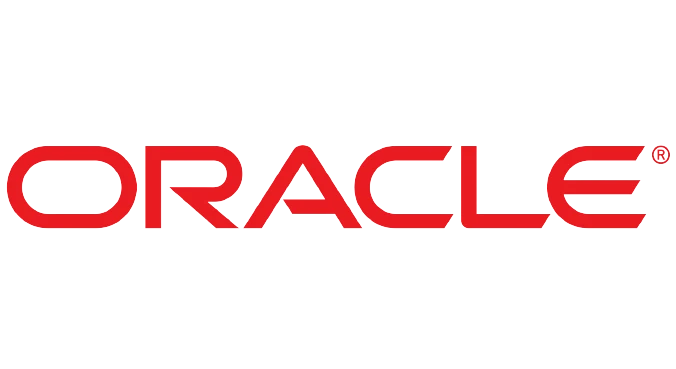This course teaches you how to design and implement a database maximum availability architecture on Oracle Cloud. You'll learn the techniques involving design and implement a database HA & DR solution on Oracle Cloud Infrastructure (OCI).
Objectives
- Describe the Building Blocks for High Availability in Oracle Cloud Infrastructure
- Get familiar with Oracle Cloud Infrastructure for Oracle Maximum Availability Architecture
- Review Oracle Cloud Infrastructure: Database Service
- Learn to deploy a 2 Node RAC Virtual Machine DB System on OCI
- Explore High Availability Features
- Demonstrate Transparent Application Failover on a 2 Node RAC
- Review Database Disaster Recovery Solution on OCI
- Learn to Enable and Validate DR for a 2 Node RAC Virtual Machine DB System on OCI
- Perform Data Guard Operations - Switchover, Failover, and Reinstate
Topics
- Building Blocks for High Availability in Oracle Cloud Infrastructure
- High Availability Building Blocks
- Architecting High Availability Solutions
- Floating IP Addresses
- HA with Public & Private Load Balancer
- Fast Connect Redundancy
- Using Both IPSec VPN and FastConnect
- 2-Node RAC DB System to Support High Availability of a Two-Tier Web Application
- Using Data Guard for a High Availability Database Design
- Oracle Cloud Infrastructure for MAA
- Bronze, Silver, Gold & Platinum Reference Architecture
- RTO and RPO Service-Level Requirements
- Oracle Cloud Infrastructure: Database Service Overview
- Database Service: Use Cases
- Virtual Machine DB Systems
- VM DB Systems Storage Architecture
- Bare Metal DB Systems
- Shapes for Bare Metal Database Systems
- BM DB Systems Storage Architecture
- Exadata DB Systems
- Exadata DB X7 Systems
- Exadata DB Systems Storage Architecture
- Scaling Exadata DB Systems
- OCI DB Systems - VM, BM, Exadata
- Database Editions and Versions
- Database Editions and Options
- High Availability and Scalability
- Data Guard
- Available DB Systems for Implementing Database High Availability in OCI
- Compute: Bare Metal and Virtual Machines
- Bare Metal
- Database Editions and Versions
- Database Editions and Options
- Shapes for Bare Metal Database Systems
- Bare Metal Database Storage Options
- Shapes for Virtual Machine Database Systems
- Storage Options for Virtual Machine DB Systems
- VM DB Systems Storage Architecture
- BM DB Systems Storage Architecture
- Deploying a 2 Node RAC Virtual Machine DB System on OCI
- Creating a Virtual Cloud Network (VCN) for a DB System
- Using the Console to Launch a 2 Node RAC Virtual Machine DB System
- Using Console to Check the Status of a DB System
- Setting Up DNS for a DB System
- Special Considerations for Creating DB Systems
- Working with 2 Node RAC Virtual Machine DB System on OCI
- Connecting to a Database on a Multi-Node DB System
- Create TNS Entry for PDBs
- Connecting to a 2 Node RAC DB System with SSH
- Connecting to a Database with Oracle SQL Developer
- Troubleshooting Connection Issues
- Introduction to Database Disaster Recovery on OCI
- Why You Need Disaster Recovery Plan?
- Challenges with Disaster Recovery Deployment
- Disaster Recovery to Oracle Cloud Infrastructure: Strategies
- Hybrid: Disaster Recovery to Cloud
- Benefits of Using Oracle Active Data Guard
- Benefits of Using Golden Gate
- Disaster Recovery to Cloud: Networking Considerations
- Database Disaster Recovery Solutions on OCI
- Database Strategies for Disaster Recovery
- Benefits of Data Guard on OCI
- Data Guard Configuration Modes
- Architecture for Data Guard on OCI
- Benefits of Using Golden Gate on OCI
- Best Practices for Golden Gate Configuration
- Architecture for Golden Gate on OCI
- Using Both Active Data Guard and Golden Gate on OCI
- Enabling a Validating DR for a 2 Node RAC Virtual Machine DB System on OCI
- Using Oracle Data Guard on OCI
- Security List for Primary & Standby DB System Subnet
- Working with Data Guard on OCI
- Enable Data Guard on a Bare Metal DB System
- Enable Data Guard on a Virtual Machine DB System
